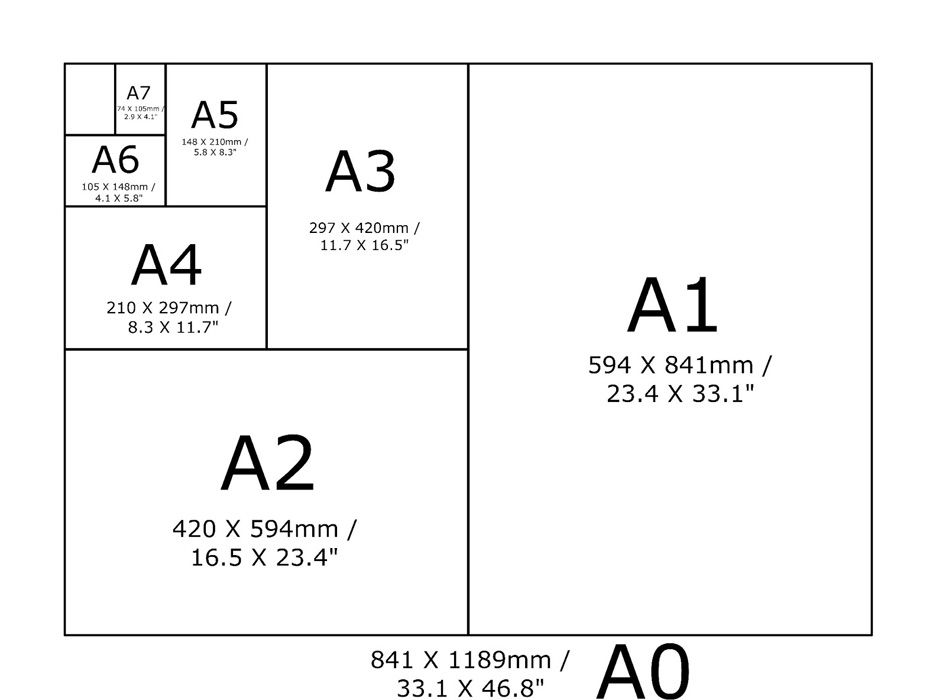Mood board

About
Claude Cahun, also known as Lucy Schwob, was born October 25th 1894, in Nantes, France. She would later pass on December 8, 1954, in St. Helier, Jersey. Cahun was a French writer, photographer, Surrealist, and performance artist who was largely written out of art history until the late 1980s due to her being an activist during the second world war.
It is thought that Cahun took her first self-portrait at around 1913, a year later publishing her first collaboration with Malherbe under the pseudonyms Claude Corlis and Marcel Moore. They contributed a piece titled “Vues et visions”, or “Views and Visions”, to the literary journal ‘Mercure de France’ with Cahun doing the writing and Moore doing the illistations. Although she had tried out other names, by 1917 she settled on and adopted the pen name Claude Cahun. Moore’s mother and Cahun’s father married in 1917, and the two young women moved in together later becoming lovers.
She is known for her self-portraits that portray her as ambiguously gendered. In taking the gender-neutral forename Claude and by shaving her head, Cahun actively and outwardly rejected social constructions of gender and sexual identity. To Cahun, identity was changeable, or unstable as shown in her self-portraits as she presented herself as a man, a woman and majority of the time androgynously. By fusing several gender stereotypes into a single character, she obfuscated her identity. It is not entirely clear whether Moore was the photographer of Cahun’s “self-portraits” or had some other role in their production. Moore did, in fact, photograph Cahun later on, and those pictures are attributed to her.
Why I chose the artist
While my project isn’t focusing on gender or stereotypes, I do plan to take inspiration from Cahun’s costumes and photography style in order to display a connection between the game and the person i’m photographing. To do this, I would likely have the subject of my photo dress up in a way that represents a certain piece from a game, such as a queen from chess or a joker from cards, and have them side by side.
I am especially fond of Cahun’s mirror photographs as it symbolizes many different things, like how we see ourselves in comparison to how others do. I would also like to try recreating some photos with the idea of reflection in a similar way to Cahun’s photographs.
Cahun links into the the theme of observe, seek and challenge mainly due to her photographs challenging gender stereotypes all while seeking to help spread awareness to the gender inequality many people suffer from. We, as the viewer, are able to observe Cahun’s work and understand the message behind her images.
Image analysis

In my opinion, this is a powerful image that displays an important message. By looking at the clothes, we are able to see a cloak that is embellished in masquerade styled masks, which are typically associated with hiding ones identity. This produces the idea that since there are so many masks that the subject is struggling with their own identity. The cloak itself also helps to strengthen this idea since cloaks are often used to symbolize a disguise of sorts, with the definition literally meaning to cover or conceal.
The photograph itself is also very strong with the patterned curtain behind the subject helping them to stand out and making them the main focus of the image. Additionally, I think that the photo being in black and white helps to enhance the overall aesthetic of the image as we are able to draw out a lot more detail without being distracted by the colour.
Links
https://www.jerseyheritage.org/history/claude-cahun-and-jersey/







































